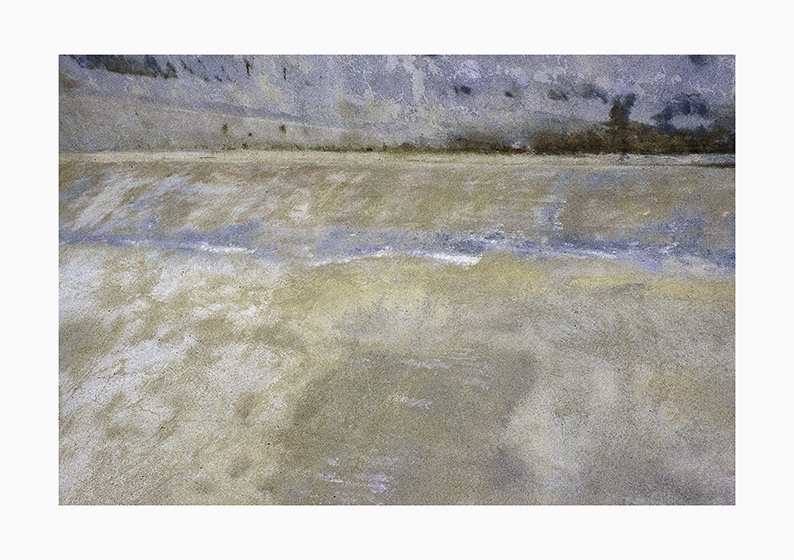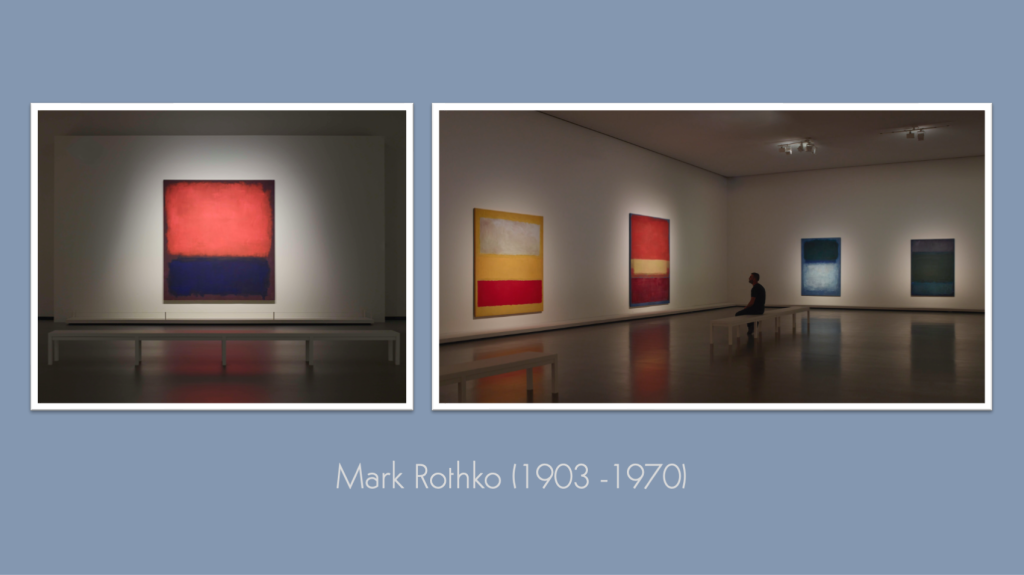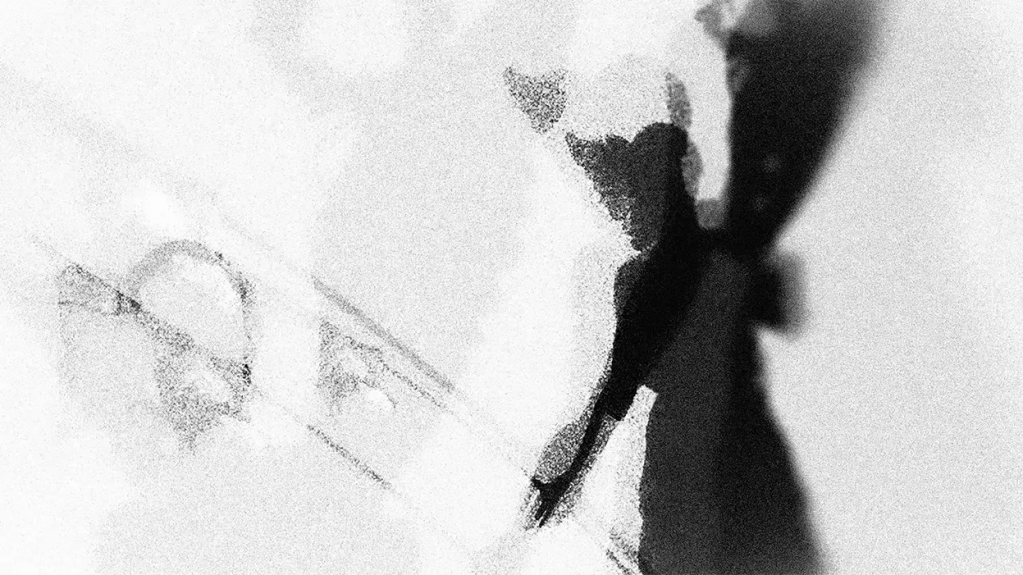
In writing about my enthusiasm for the Brothers Quay’s stop-motion animation, Street of Crocodiles, I was prompted to recall memories of my visits to Stoke Newington’s Abney Park cemetery. In turn, I was prompted to disinter some of the black and white 35mm photographs I knew I’d taken during these trips, but had otherwise forgotten about completely. I also forgot I’d written a short accompanying article on Abney Park for a magazine entitled Bite Me. The article was never picked up and the photographs likewise went unseen. For this week’s Throwback Friday, I’m sharing both.
The Lion & The Ivy
It will seem like a deficit of literary style were I to describe Abney Park cemetery as eerie – an ‘eerie cemetery’ is pretty much a tautology – and yet I can find no adjective better suited.
Abandoned by its original owners twenty-five years ago, but rescued from leafy obscurity by the London Borough of Hackney, Abney Park feels like a secret stumbled upon, its aura of neglect both poignant and perfect. I’ve just entered its gates, but I’m already seeing ghosts, though not the maggoty kind – rather the diaphanous spectres of Victorian ladies, who once came here to perambulate with parasols. After a moment’s hesitation, I follow in their long-dead footsteps.

Like the plush baize of ivy upholstering its tombstones, the extraordinary hush of Abney Park enshrouds me as completely. Before me lie thirty-two acres of simple slabs and sad-faced angels. Lying beneath me are three hundred thousand bodies resting in peace, and in pieces too – sixty-one million bones improving a soil that once nourished a thousand cultivars of rose, and a collection of named trees and shrubs surpassing that of the Royal Park at Kew. All of that was a hundred and sixty-five years ago. Today, the only roses on show are silk, their colours leached and cheerless. The only skeletons are those belonging to the withered docks, their desiccated flower spikes as upright as candelabras.



Again, the deep, evergreen quiet of the graveyard impresses me. Hard to believe that just beyond the boundaries of this once-forgotten necropolis, the yummy mummies and charity shop fashionistas of Stoke Newington are boarding buses, ordering lattes, and fretting about the organic credentials of their purple sprouting broccoli.
My ancient camera hanging from my shoulder, I journey deeper into the cemetery.
Above me, the vaulted arcs of branches close out the milky November sunshine, but spy-holes in the shrubbery afford tantalizing views of inner sunlit chambers. With their cheery illumination, and table and chair-like arrangements of headstones and graves, these vignettes remind me of parlours, and my imagination populates them with skeletal families. As clouds obscure the sun, these sanctums fade – as vanished now as the rooms of the original Abney House, the demolition of which in the mid nineteenth century inaugurated the cemetery. All that remains of Abney House today are the wrought iron gates at the cemetery’s entrance and, less tangibly, a brooding sense of history.


Departing from the graveyard’s more manicured pathways – so maintained by the Abney Park Cemetery Trust volunteers, who fight back the rising tides of ivy with garden shears and admirable philanthropy – I pick my way amongst the clutter of headstones. The upheavals of trees and the worming of roots have left these monuments skewed, their angels leaning like drunks. In places, the ground itself has opened, the graves cracked and yawning. I try not to look inside these sepulchral hollows, fearful of glimpsing more than decomposing leaves and the corpses of crisp packets. My ‘Rotten.com’ side wants to risk a closer examination of these cavities, but I sensibly pass them by, disallowing myself the sort of lethal curiosity favoured by first-to-die teens in dumb-arse ‘and-then-there-were-none-a-thons’.
Arriving now at the barred and burned-out chapel at the centre of the cemetery – an impressive gothic edifice boasting a large circular window and an air of despondency so potent the building almost seems to sigh – I do succumb more entirely to an involuntary attack of movie-induced paranoia. Craning my neck to gawk at the chapel’s impressive spire, I recall the moment Richard Donner made shish kebab out of Patrick Troughton, and I distance myself swiftly.

The Omen isn’t the only film evoked by Abney Park’s especial ambience. The mise en scène couldn’t be any more cinematic – an attribute not lost on the various film crews who’ve already snapped their clapperboards here. Indeed, I’m tempted to think the prop-wranglers may have left some of their set-dressings behind. The decapitated statue of the maiden I pass seems too designed to unnerve to be the work of mere vandals. Even some of the urns are gilding the lily by sporting Tim Burton-style fright wigs, fashioned from congested tendrils of ivy.


Somewhere behind me, dogs and their walkers are snapping branches. I can’t help glancing over my shoulder. As it happens, I am being tracked through the shrubbery. A furtive looking gentlemen wearing a black bomber jacket and a come-hither expression observes me optimistically from behind a voile of leaves. I realise I’m in more danger of having my bum pinched than my neck-bitten.

Signalling my disinterest in any such brief encounter, I change direction, but soon find myself face to face with another constant inhabitant of Hackney’s unlikely Eden – not a lusty queen this time, but a king of the jungle. The great stone lion watches me from his plinth, his supine body so powerfully white against the cemetery’s patina of shadows, the light meter in my camera goes berserk. The lion stands out for another reason, its design being more ostentatious than most of the other monuments here. Abney Park is unusual in that no part of its grounds is consecrated, and – phosphorescent lions excepted – the graveyard’s general abstemiousness from ornament reflects the non-conformist principles of its occupants. I’ve never heard of Frank C. Bostock – the individual commemorated by the show-off cat – but among the other eminent bones interred in Abney Park are the remains of William and Catherine Booth, founders of the Salvation Army.

I notice the light is failing, and with it, a large part of my bravado. I didn’t even know I was nervous – until now. The lion is glowing with an almost spectral light, while the deepening shadows are stretching like panthers. Both my eyes and my camera are struggling to see, but my ears are acutely sensitive to every snap and heart-stopping scuttle emanating from the black valance of undergrowth. It’s time to leave this secret, sombre garden of the dead.
For a moment, I’m close to panic, certain suddenly I will be unable – or disallowed – to find my way out of these tangles of brambles and back to the noise and exhaust fumes of those red London buses. I resist the urge to run, but there is little I can do to mitigate the cold slick of perspiration greasing my forehead. The inebriated angels find me amusing, having witnessed this diminishing of courage a thousand times over, as cocksure visitors to the cemetery find themselves in this same race against the sunset.
I make it out of the cemetery safely, of course, and my fear is rendered instantly foolish by the inner-city milieu. I quickly dismiss my apprehension, but I cannot deny the impression Abney Park has made upon me; its inimitable character haunts my imagination – my camera film too – and like a serene, if lonely phantom, it boards the number 149 and follows me home.






Leave a comment